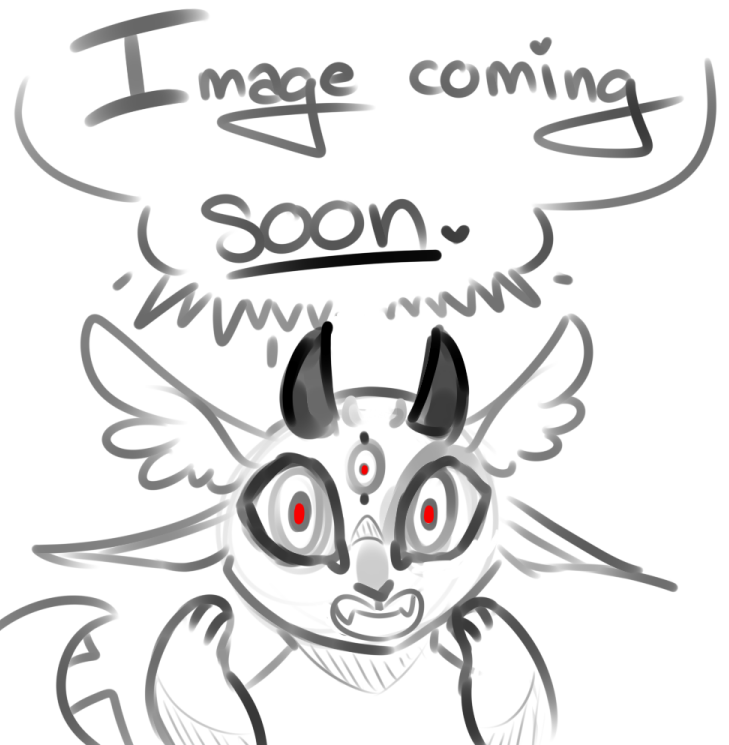Kelahati

A unique and diverse species, kelahati are as varied as the animals they take after. They have a natural way with animals, and are experts in the wilderness.
Aging
0 - 16: Child
17 - 49: Adolescent
50 - 99: Young Adult
100+: Adult
Average Lifespan: 2,000 years
Diet
A kelahati’s diet is dependent entirely on which animal they are. While they can be omnivorous in their human form, kelahati generally have a preference on what they will eat.
Worshipped Gods
Jiasna: Goddess of order & chaos; patron of humans
Tharamos: God of the reality & illusion; patron of kitsunes
Credit goes to Kila for writing, Achera for writing the history, and Achera for editing.
Appearance
Kelahati are a varied race, spanning every animal currently known to man. They have varied degrees of animal traits, some more human--like a horse kelahati with simple ears and a tail, some more animal--like an alligator kelahati with the jaws and scales of an alligator covering their entire body, but all kelahati have a bipedal form and an animal form.
They come in all range of skin tones, and are even affected by mutations such as albinism, leucism, and melanism. Their hair comes in all colors and textures, as do their eyes.
Kelahati are fond of wearing simple clothing, some even wear no clothing at all, depending on how human their bipedal form is.
Abilities
Kelahati possess an unusual ability to communicate with animals. While not always verbal, they can understand an animal’s needs, and what it’s trying to get across. They can calm down wild and frantic beasts, and get wild animals to obey their commands, for a short while.
In addition to this, kelahati are shapeshifters. They can transform between their bipedal form to their animal form at will.
While most kelahati are incapable of magic, many are good with wild magic, which is largely responsible for uncanny way with animals. This wild magic has given them an ability to read the land and make soil fertile, knowing which crops grow best on which soil, or where the herds will move to next.
Some kelahati, rarely, can learn to wield other types of magic, such as fire, water, etc.
History
It is unknown the exact origin of where the Kelahati originated from. Some believe that they are a mutation from the werebeast curse that transformed into different species that all became known as the Kelahati. They no longer were forced to shift and they came in a wide range from full anthro-like animals to simply ears and tails. Their bites no longer forced another to transform into a werebeast, and the curse was stopped in this bizarre mutation of the curse.
The other theory is that they are the product of Jiasna, Goddess of Order and Chaos, and Tharamos, God of Reality and Illusion. Upon looking at the werebeasts, Jiasna became amused by the curse spread by Cysnial, Goddess of Charity and Greed. These creatures were capable of changing another species into the mutation that they now carried because of a god. The very idea of it filled Jiasna with joy, but she grew bored of how these creatures were. She noticed that many would avoid them and thus, the curse could not spread. So, Jiasna went to Tharamos who she knew would appreciate a prank more than any of the other gods.
The goal was to create a creature that was similar to what the werebeasts had become, but they would not be able to transfer the mutation to the other. They would be similar in behavior, appearance, and more. The major difference what the transferring of the curse. That way, others would welcome a werebeast closer to them instead of shunning them as Jiasna had witnessed. That way, a werebeast could continue to pass on its curse. The two attempted to create creatures that were similar to the werebeasts. Originally, they failed a few times. These creations became known as the low content species of the kelahati with only ears and tails. Through trial and error, they were able to create full anthro-like animals that were similar the the transformations of the werebeasts. The pair released the creations onto the world and watched as they slowly were able to change the opinions of what werebeasts were to the other species. They became more inviting to the anthros as they did not know if they were what was known as kelahati or as werebeast.
Due to this legend, Jiasna and Tharamos have become their patron gods though whether they believe this to be true or not is a different story. It is said that when a creature, who mistook a werebeast for kelahati, is bitten by a werebeast you can hear Jiasna and Tharamos’s laughs.